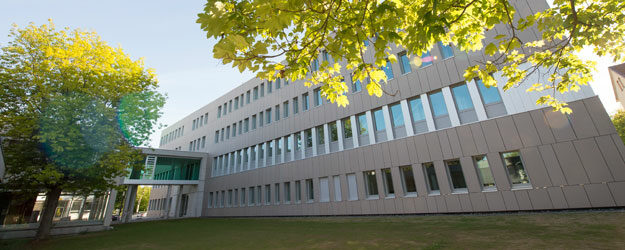 |  |
The Technology & Innovation Sociology / Social Simulation Laboratory (TISSS Lab) at JGU is our research infrastructure for combining empirical quantitative and qualitative social research with modelling and simulation.
TISSS Lab research infrastructure
-
allows empirical descriptions and analyses of social phenomena around technology and innovation using large structured and un-structured (BigData) datasets;
-
provides interactive databases and visualisations for flexible research questions;
-
models, simulates and experiments with social scenarios of possible technology and innovation futures supporting impact assessment and ex-ante evaluation of potential developments
The portfolio of computational methods used includes statistics, information retrieval, computational discourse and document analysis, scientometrics/bibliometrics, social network analysis, data analytics, system dynamics, and agent-based modelling (ABM). Especially the latter is central for our lab approach. For our simulations, we use the agent-based simulation plaform SKIN - short for Simulating Knowledge Dynamics in Innovation Networks - (CC licence: Petra Ahrweiler, Nigel Gilbert and Andreas Pyka).
International role model for TISSS Lab is the Decision Theater of Arizona State University (USA); an example for a precursor we implemented in 2011 is the IRU (Innovation Research Unit) Lab at University College Dublin in Ireland.
The underlying Computational Social Science approach and its workflow have been developed in various European projects first published in Ahrweiler, Gilbert and Pyka (2012) and further elaborated against theoretical frameworks of Sociology or Science and Technology Studies (see publication lists of our staff).
The basic workflow for TISSS Lab research projects uses a co-design approach with stakeholders of the research, who are involved in every step such as:
-
- identifying research questions and hypotheses;
- identifying, collecting and analysing empirical data
- adapting the SKIN simulation platform to project requirements;
- calibrating and validating the simulation model with collected data;
- defining simulation experiments for scenario development;
- conducting simulation experiments and producing artificial data;
- analysing and visualising simulated data;
- discussing and interpreting results and consequences of research.
